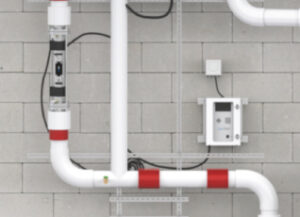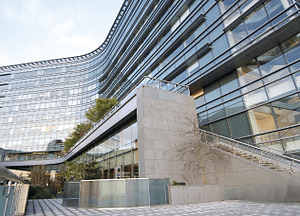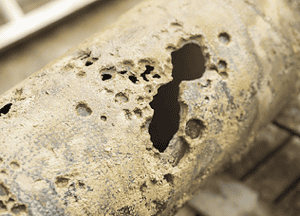The new guideline 12 version takes a much closer look at how to manage the risk of Legionellosis. Over the years, the challenge has changed from minimizing Legionellosis to managing Legionellosis and reducing to stopping cases.
It is important to note that the new standard implies that getting a test showing positivity isn’t necessarily negative. This should help the “head in the sand” syndrome that many in the industry still abide by. The “if I don’t know I have a problem, then I don’t have a problem.” We all know that we should be proactive in stopping cases of Legionellosis, and the only way we know if we are doing a good job and need to adjust our current strategy is to test. The new Guideline 12 “gives us permission” and says, “this is okay.”
The new version is written to be more easily adopted into code. However, this doesn’t mean it will be. It takes several years for new regulations to be adopted by various governing bodies.
The guideline details disinfection methods and the numerous risk factors within the plumbing system that affect your plan’s efficacy to minimize Legionellosis. It considers that water quality, sediment, and biofilm can decrease the effectiveness of certain disinfectants. The guideline notes and calls attention to the fact that biofilm and sediment can wreak havoc on a plumbing system and reduce the efficacy of disinfectants and higher water temperatures.
The new version deemphasizes thermal shock and calls out its negative aspects. Temperature efficacy can be highly volatile due to changes in water quality. It should be noted that the standard industry temperature chart is based on laboratory testing, not real-world testing that takes into consideration fluctuating water quality, biofilm, and sediment.
Guideline 12 identifies water quality risk factors, including sediment, disinfectant residual, temperature, and water age. It speaks on the adverse effects uninsulated or under-insulated pipes, dead legs, long pipe runs, cold pipes near hot sources, biofilm, debris, sediment, and water age can have on disinfectant efficacy. The only disinfectant not affected by these risk factors is copper-silver ionization.
The guideline notes the possibility of municipalities adding a disinfectant to the water supply and that disinfectant residuals decrease as water travels to and through a building. Municipality disinfectant treatments are usually not high enough to adequately reduce Legionella within a building’s plumbing system. The municipality disinfectant is also volatile. The municipality can change the level, and they often do not let you know if it has been changed. The disinfectant level can also be affected by weather conditions and water main breaks.
In section five, the guideline recognizes electronic, or sensor faucets have become very popular because of water conservation efforts. However, they can reduce flow and therefore deliver stagnant water. The guideline points out the need for cross-connection and backflow prevention, especially with outlets that might not be as notable, such as mop sinks. Another item to remember is other equipment that can provide nutrients for bacteria—particularly carbon filters.
There was no mention of thermal and chemical shock in the 2018 version, which is likely to have been included in the latest version due to COVID-19 and buildings closed with dormant piping systems. While thermal and chemical shock can have immediate effects in times of emergency, they are only helpful at one point. Their effects decrease very quickly, and recolonization can happen very quickly. Both thermal and chemical shocks also potentially cause significant corrosion and other damage to plumbing systems and equipment.
Takeaways
Install a filter to reduce sediment. LiquiTech’s Safe T Gard filters do not deplete disinfectant residuals as other filters can do.
Utilize copper-silver ionization for potable water remedial treatment because of its long-term effectiveness.
Utilize copper-silver ionization as a permanent disinfectant because it is not affected by the risk factors ASHRAE 12-2020 identifies, it does not cause corrosion; there is no scalding risk and no threat to humans.
The new guideline noted a more comprehensive temperature range for optimal Legionella growth. Copper silver’s efficacy is not affected by temperature.
The guideline emphasized that a positive Legionella test isn’t necessarily bad, and testing should be done regularly as a preventative and proactive approach to reducing the risk of Legionella.
Create a flushing protocol if you don’t already have one.


